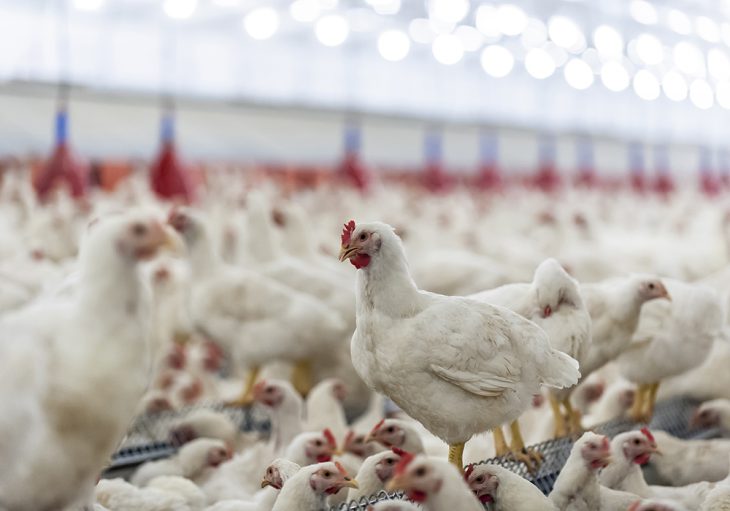A deadly avian flu killed over 50 million birds in the United States in 2020. But the bird flu outbreak in the US has the potential to turn into a pandemic if it spills over into mammalian species, a report said.
The bird flu caused by the H5N1 avian influenza virus mostly affected birds on poultry farms in the US. But in 2020, gene-swapping between poultry and wild bird viruses created a “wild bird-adapted” version of the virus, as per Centers for Disease Control and Prevention.
Wild birds like ducks transmit the virus, known as highly pathogenic avian influenza (HPAI), through their feces, feathers or direct contact with poultry. The virus has also spread from wild birds to bears, foxes, otters and seals.
Similarly, in October last year, a large outbreak occurred on a mink fur farm was reported in Spain. Experts believe that wild birds initially transmitted H5N1 to the mink farm, but once there, it spread from mink to mink.
“This outbreak signals the very real potential for the emergence of mammal-to-mammal transmission,” Michelle Wille, a wild bird virus researcher from Australia told US media.
None of the workers who wore protective gear at the farm seem to have gotten infected. But some scientists worry that minks could be a kind of stepping stone for the virus to make a jump to humans as its respiratory system makes them a “good host” for the virus.
The US avian flu outbreak, which began in February 2022, infected flocks of poultry and non-poultry birds across 46 states, Reuters reported.
The deaths of chickens, turkeys and other birds represent the worst US animal-health disaster to date, topping the previous record of 50.5 million birds that died in an avian-flu outbreak in 2015.
Birds often die after becoming infected. Entire flocks, which can top a million birds at egg-laying chicken farms, are also culled to control the spread of the disease after a bird tests positive.


